Final article: To make the project sustainable
After more than 1 year of implementation, the Project (PDP) to develop 1 million hectares of high-quality and low-emission rice cultivation associated with green growth in the Mekong Delta by 2030 has begun to spread positive effects. However, according to the assessment of many experts and managers, in order for the PDP to truly create a push to transform the growth model for the rice industry from quantity to quality, from spontaneous to organized, from high emissions to green development, a system of synchronous, drastic and in-depth solutions is needed.
Initial positive signs
According to information from the Department of Agriculture and Environment (DARD), according to the plan, the project will be implemented in 2 phases. Phase 1 (2024-2025) will focus on achieving 60,000 hectares of rice cultivation area in the Vietnam Sustainable Agriculture Transformation Project (VnSat) and the province's high-tech rice area.
Phase 2 (2026-2030) continues to expand to reach 125,000 hectares in the districts of Tan Hung, Vinh Hung, Moc Hoa, Tan Thanh, Thanh Hoa, Thu Thua and Kien Tuong town (with 62 communes with 50,800 participating households).
Cay Trom Agricultural Trade Service Cooperative (Hung Dien A commune, Vinh Hung district) dries rice at the warehouse.
The goal of the DA by 2030 is to reduce the amount of rice seeds sown to less than 70kg/ha, reduce the amount of chemical fertilizers and pesticides of chemical origin by 30%, and reduce the amount of irrigation water by 20% compared to traditional farming. In addition, post-harvest losses are less than 8%; 100% of straw in specialized areas is collected from the fields and processed for reuse; greenhouse gas emissions are reduced by more than 10% compared to traditional rice farming; the profit margin of rice farmers is more than 50%.
According to the Department of Agriculture and Rural Development, in the 2024-2025 Winter-Spring crop, the province will deploy 8 pilot models and the districts will deploy 5 pilot models with a total area of 268 hectares. The models have synchronously applied advanced farming processes such as "1 must, 5 reductions", "3 reductions, 3 increases", alternate wetting and drying (AWD), using certified seeds, organic microbial fertilizers, integrated pest management (IPM) and keeping electronic production logs.
The average yield in the models reached 6.8-7.2 tons/ha, an increase of 0.4-0.6 tons/ha compared to fields outside the model. In particular, input costs were reduced by 1.2-1.6 million VND/ha, nitrogen fertilizer was reduced by 20-30%, and pesticides were reduced by up to 40%. The application of AWD helps reduce irrigation water by about 25-30%, while reducing greenhouse gas emissions.
Deputy Director of the Department of Agriculture and Environment - Dinh Thi Phuong Khanh assessed: "The initial success of DA is to change farmers' awareness of farming from following traditional practices to following techniques, from each doing their own thing to reorganizing production. More importantly, DA has created a new ecosystem, where businesses, scientists , technicians and farmers operate together in a linked chain".
However, the initial results are still only pilot models, the implementation area is still limited, the connection is not sustainable, the infrastructure and support mechanism are still lacking in synchronization. Many practical difficulties are still the obstacles that prevent DA from being able to expand as quickly as expected.
Currently, Long An province has 252 agricultural cooperatives , but only about 40% are qualified to participate in the production chain as required by the DA (having technical staff, keeping production logs, and having the capacity to organize production and consumption). Most cooperatives still operate at a basic level, lacking capital, specialized human resources, and lacking recording and traceability equipment.
According to Director of Go Gon Agricultural Service Cooperative (Hung Thanh Commune, Tan Hung District) - Truong Huu Tri, if the cooperative wants to play the role of intermediary in organizing production, there must be adequate investment. Currently, many cooperatives still have to manage each crop, do not have working capital to buy rice for people, lack harvesting machinery, do not have warehouses, so it is very difficult to maintain prices.
On the other hand, many businesses are still not ready to sign long-term contracts with cooperatives due to concerns about risks from farmers (not ensuring technical standards, selling rice outside). Meanwhile, farmers are also hesitant about joint contracts because they have been "reneged on" or have unstable purchasing prices.
Need to operate solutions synchronously
To overcome the “bottlenecks” and bring the DA into a deep and wide implementation phase, creating a real impact on restructuring the rice industry, many solutions are being actively promoted by ministries, sectors and localities. In particular, consolidating and improving the quality of cooperatives is considered one of the key tasks. This is the place to connect farmers, reorganize production, connect with businesses and markets, and at the same time be a representative unit to access support policies and apply technical advances.
Cay Trom Agricultural Trade Service Cooperative (Hung Dien A commune, Vinh Hung district) dries rice at the warehouse.
In addition, localities should increase the transfer of science and technology , bringing advances to the fields to help farmers change backward farming practices, towards efficient, safe production, saving inputs and reducing emissions. Investing in modern production infrastructure, especially irrigation systems, intra-field transportation, storage and processing facilities is also a necessary condition to reduce post-harvest losses and improve product quality.
Another important direction is to link production with the market and deep processing, not just stopping at the cultivation stage. This is a factor that ensures the sustainability and competitiveness of the rice industry. The application of digitalization and the construction of a transparent monitoring system are also proposed as a fundamental solution in the context of increasingly strict demands for traceability and information transparency from the international market.
According to Ms. Dinh Thi Phuong Khanh, up to now, the pilot models implemented by the province and district have all brought positive results. This is an important basis for DA to be able to quickly replicate in the coming time, especially when there has been strong participation from authorities at all levels and consensus from farmers.
“Currently, the Department is focusing on completing the plan contents, especially the components participating in the DA with the Ministry of Agriculture and Environment such as the component on infrastructure investment; selecting models to deploy in the Summer-Autumn crop 2025 ;... to coordinate the calculation of emission reduction according to the direction of the Ministry. Particularly in the remaining months of 2025, the Department focuses on transferring science and technology to farmers, in which, paying attention to reducing the amount of seeds sown and removing straw from the fields" - Ms. Dinh Thi Phuong Khanh informed.
Not just numbers or area, DA is also a process of redesigning the entire rice industry ecosystem from policy, infrastructure, science - technology, production organization to market and people. All these factors need to operate synchronously, with close coordination between the Central and local levels, between ministries, sectors and enterprises, cooperatives and farmers.
Speaking at the conference to launch the project, Vice Chairman of the Provincial People's Committee - Nguyen Minh Lam affirmed: "The project "1 million hectares of high-quality rice" is an opportunity for Long An to transform into a modern green rice production center. The province will focus all resources, from planning raw material areas, training human resources to infrastructure, markets and policies; at the same time, consider this a key political task of the agricultural sector from now until 2030".
In addition to material factors, human factors, specifically agricultural staff, cooperative staff, farmers and businesses, also play a decisive role. Changing awareness, improving production capacity and the ability to cooperate between entities in the value chain will determine the real success of DA in the long term.
The success of DA is not simply increasing output or reducing production costs, but also aiming to form a new agricultural production system that is environmentally friendly, more economically efficient and sustainable. Only then will DA truly become a strategic driving force in the restructuring process of Vietnam's rice industry in the era of green growth and adaptation to climate change./.
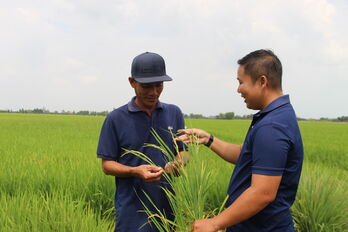 | Project of 1 million hectares of high-quality, low-emission rice - 'Revolution' in the fields: Effective assistants for farmers (Part 3) In the context of climate change and increasing demands for agricultural product quality, Long An province is one of the pioneering localities in implementing the "revolution" in the fields. |
Bui Tung - Le Ngoc
Source: https://baolongan.vn/de-an-1-trieu-hacta-lua-chat-luong-cao-phat-thai-thap-cuoc-cach-mang-tren-dong-ruong-de-de-an-dat-hieu-qua-ben-vung-bai-cuoi--a196199.html


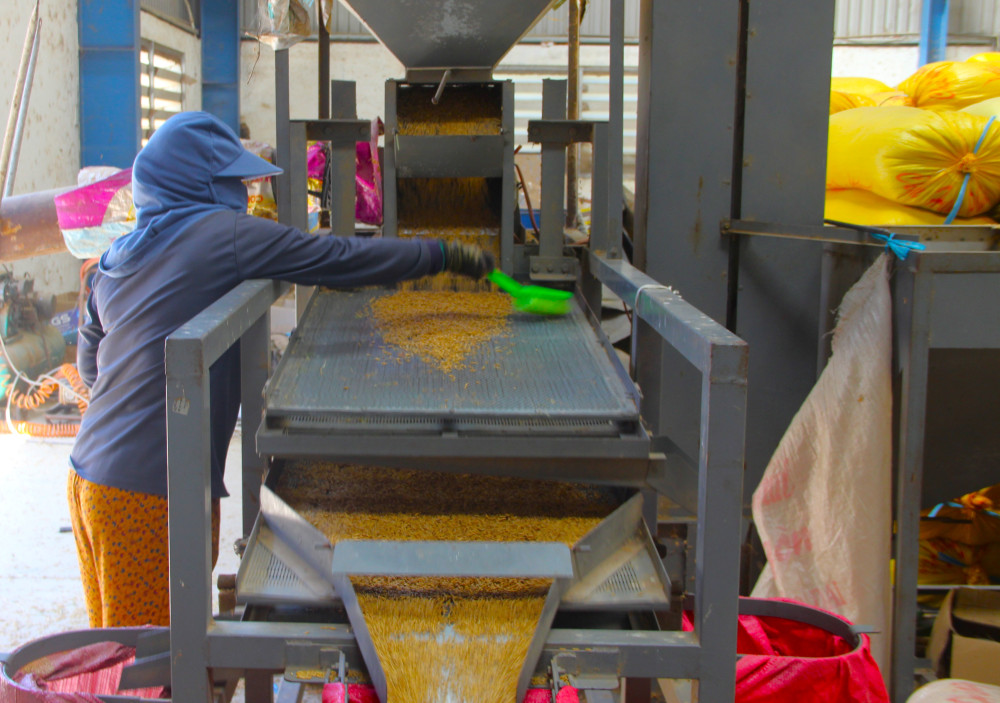
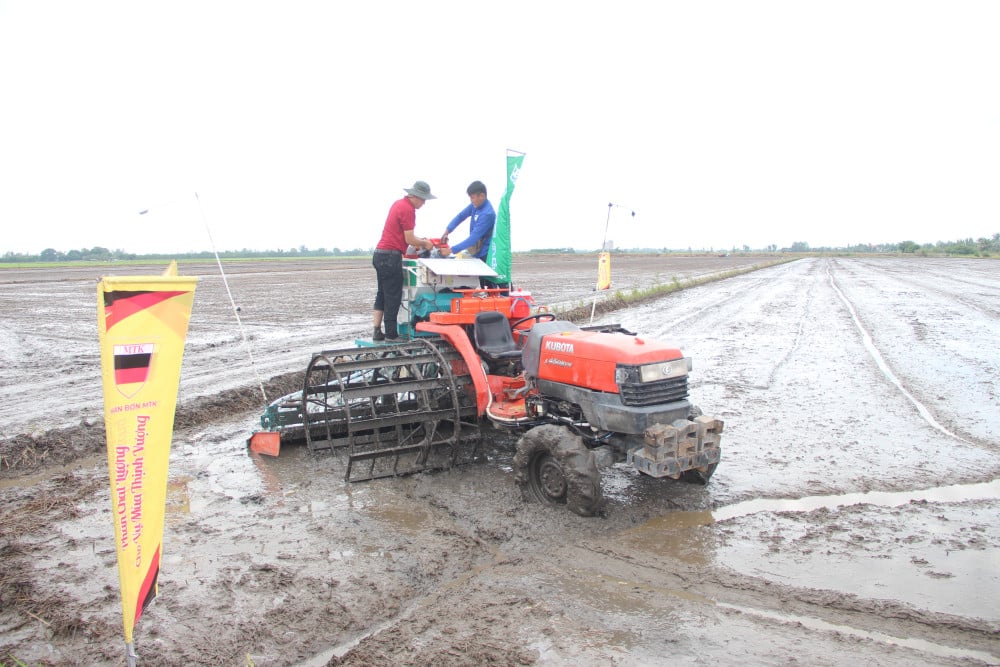
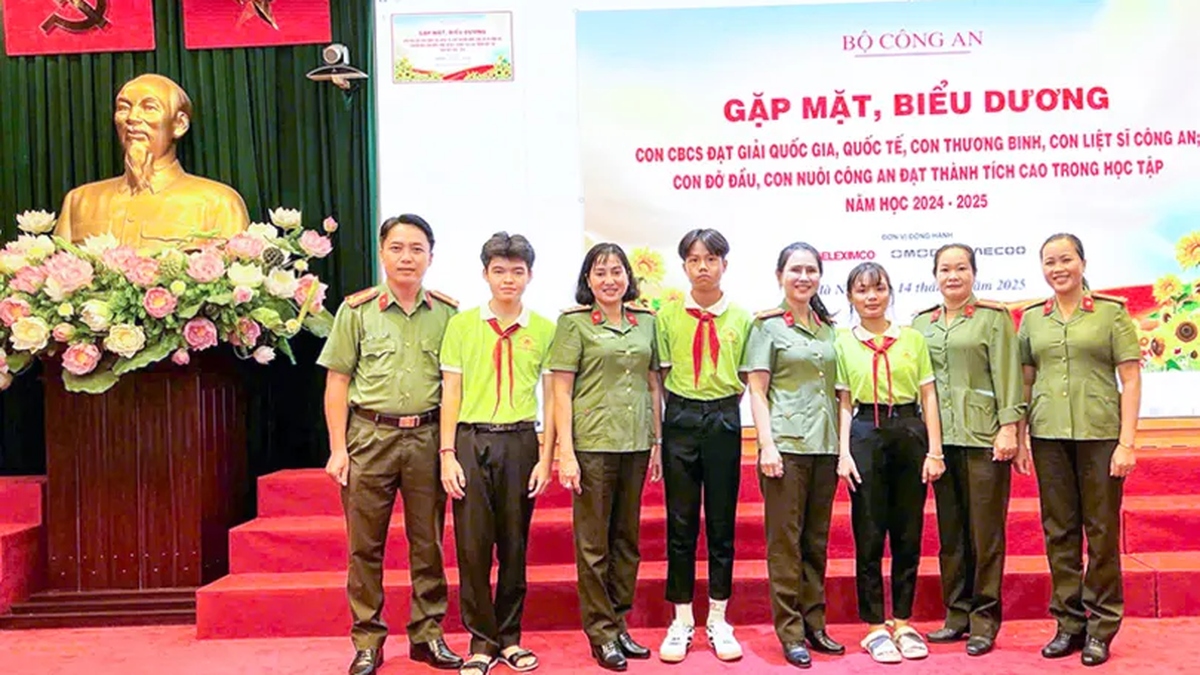
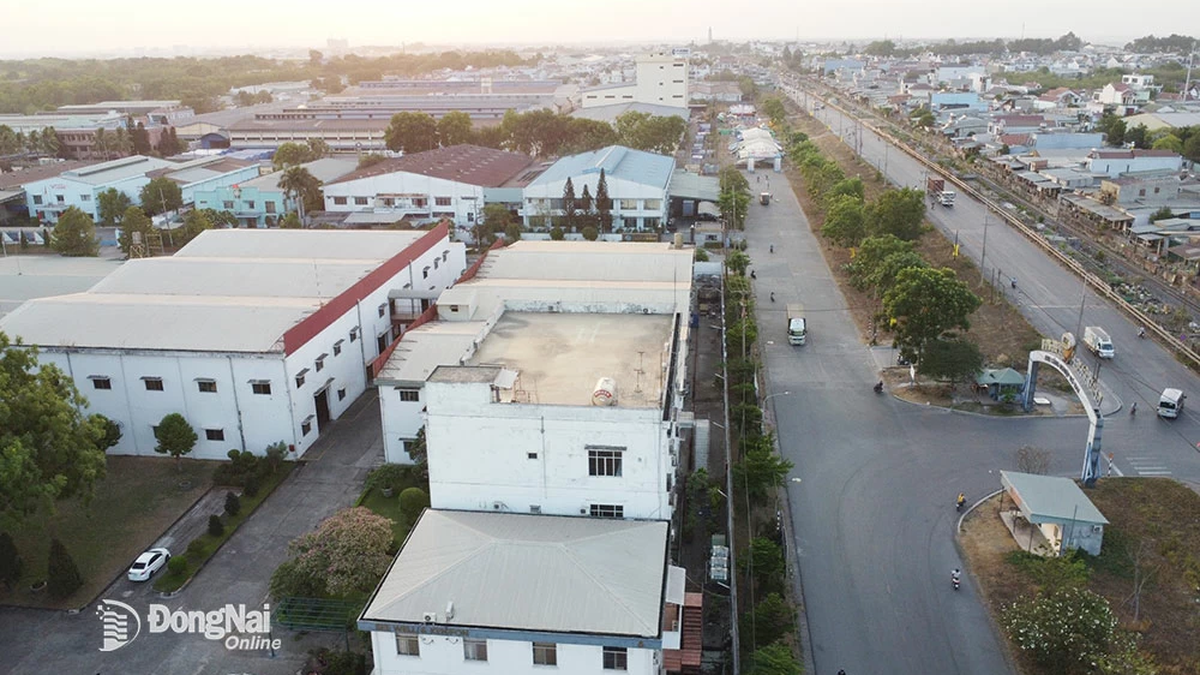
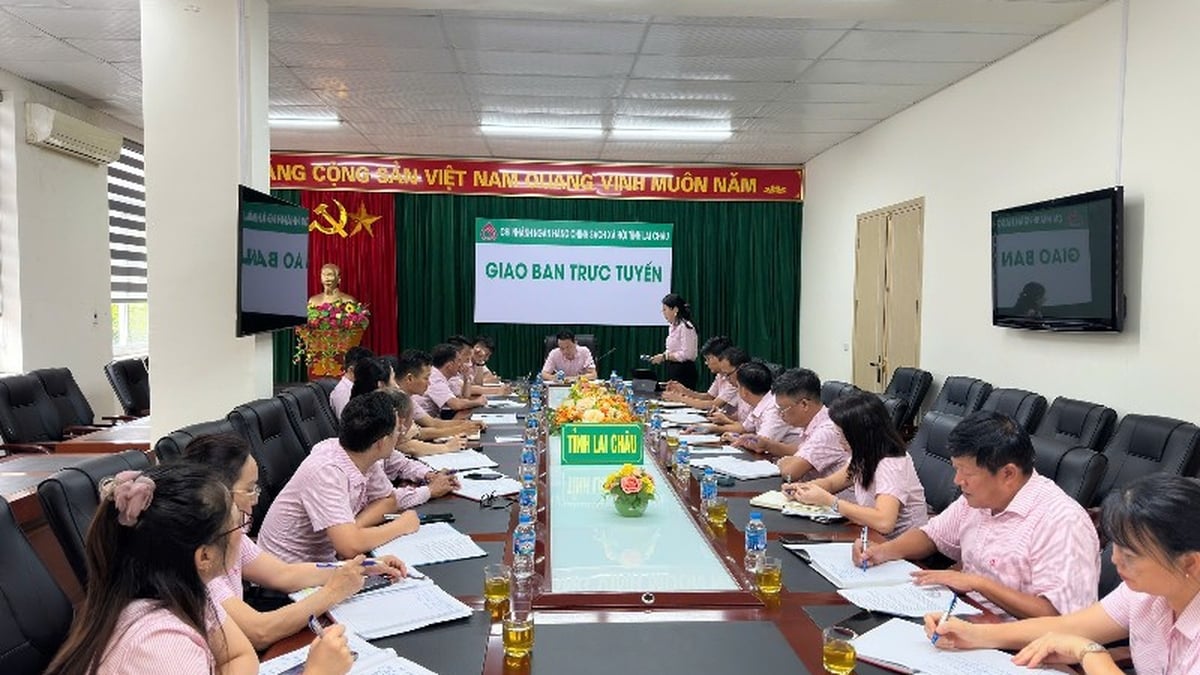



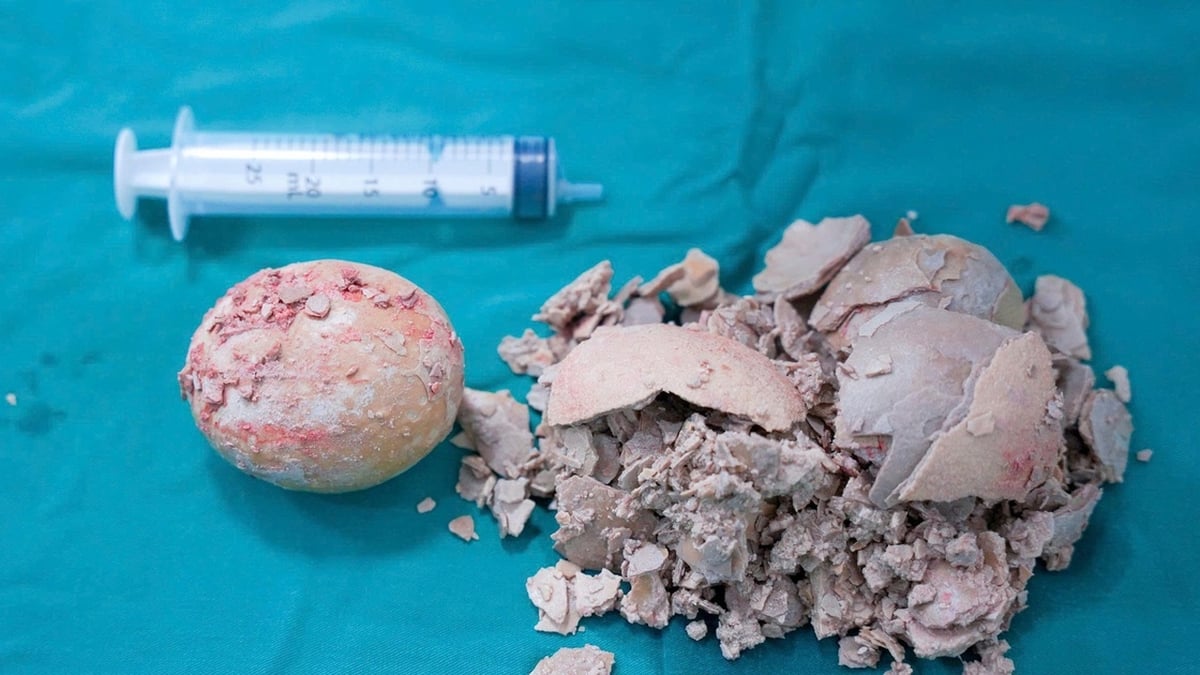
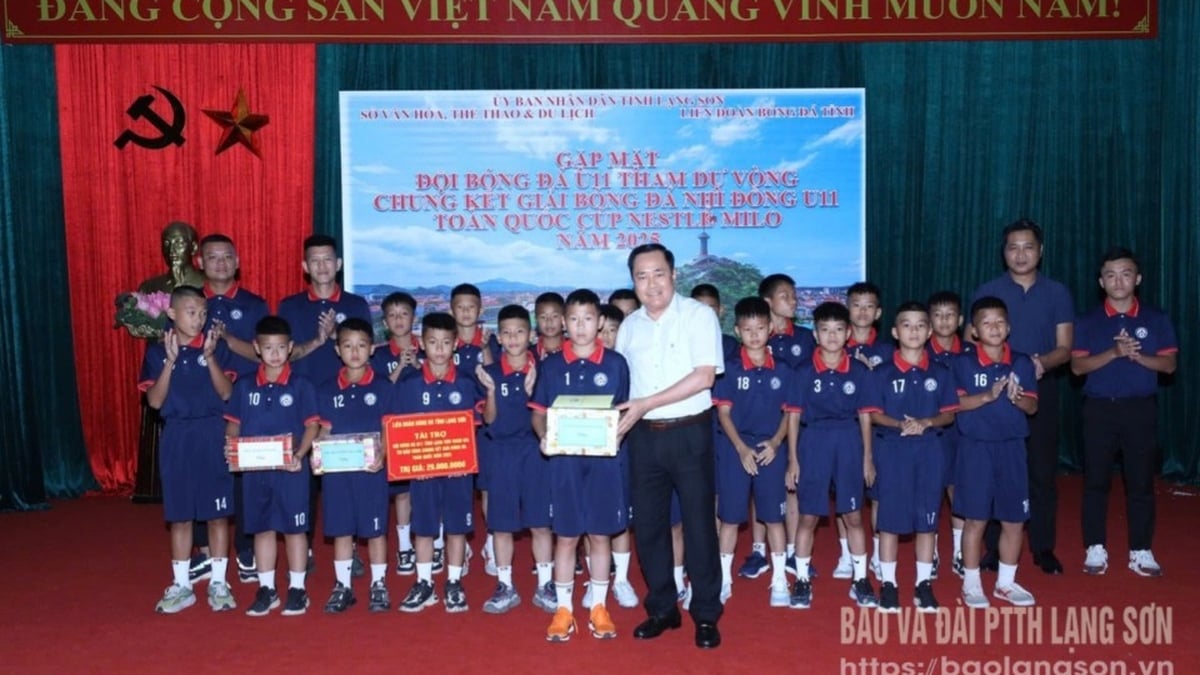
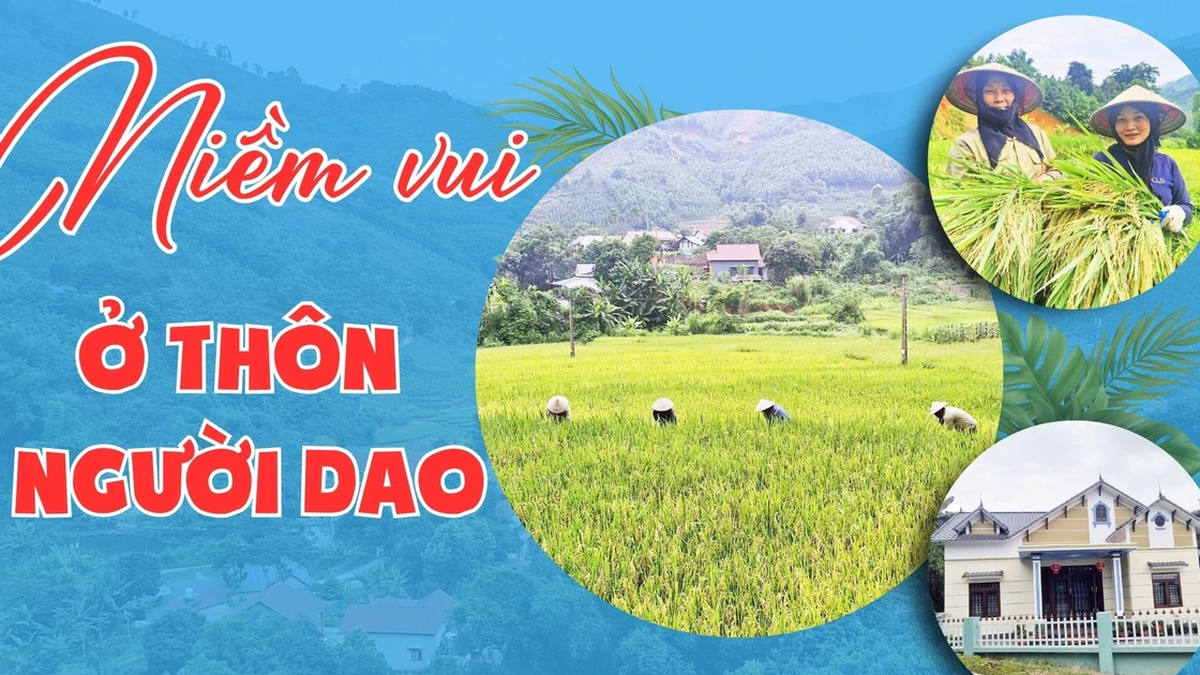
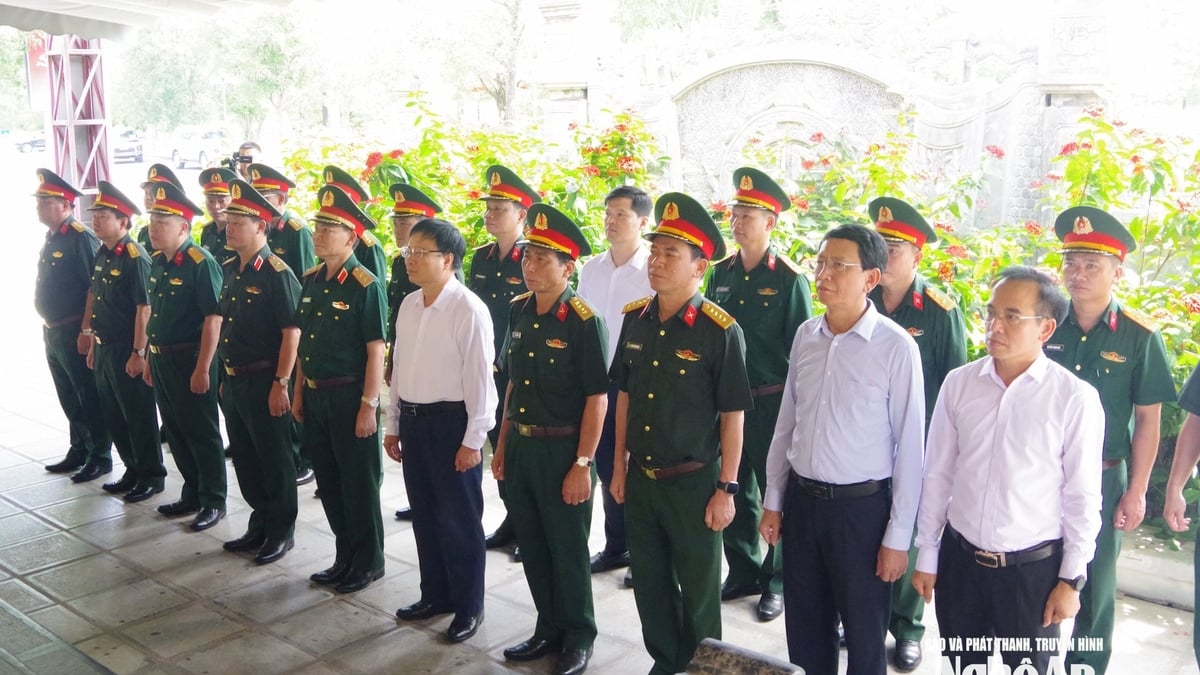









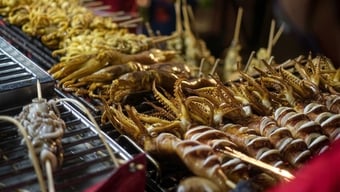






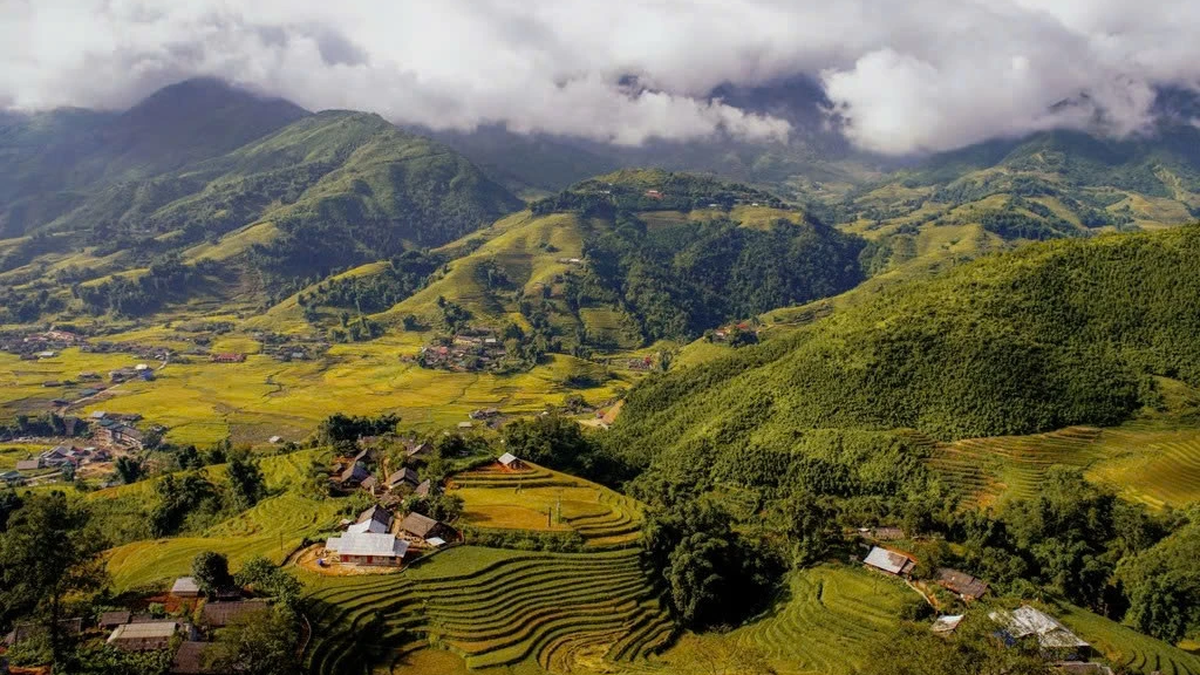


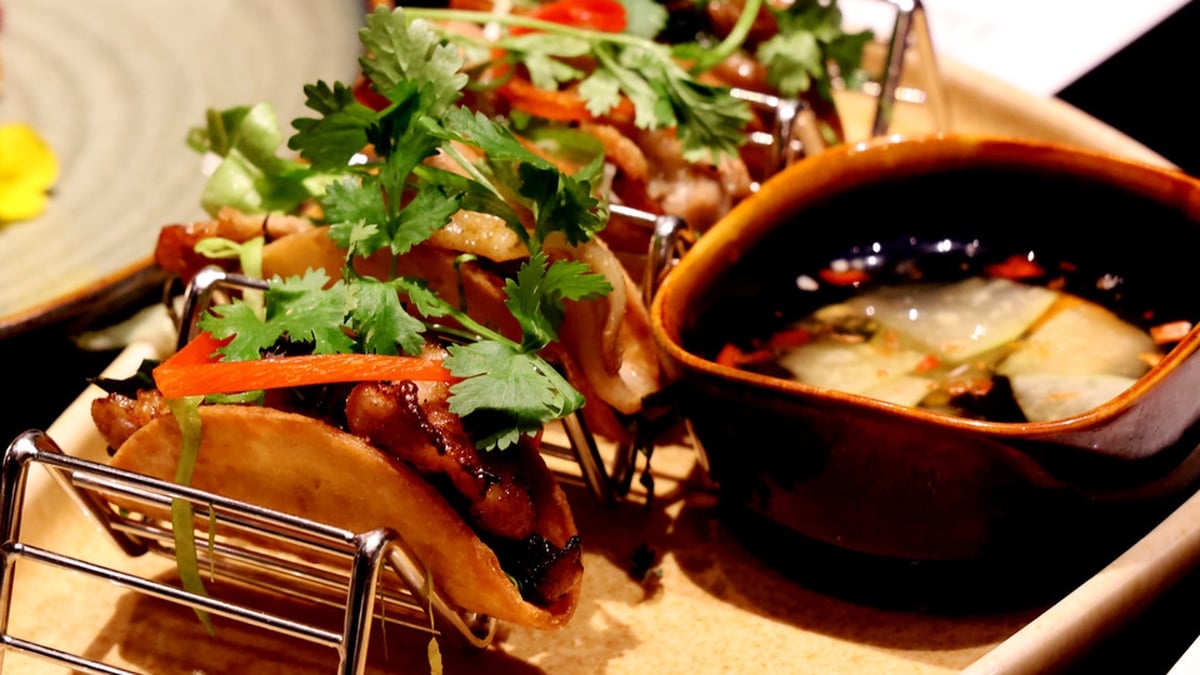
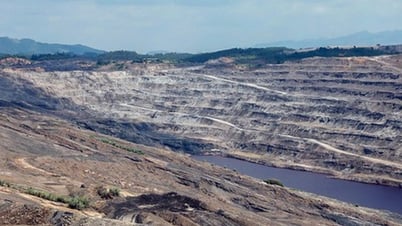

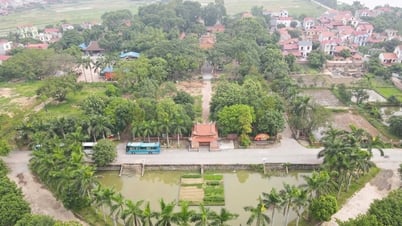

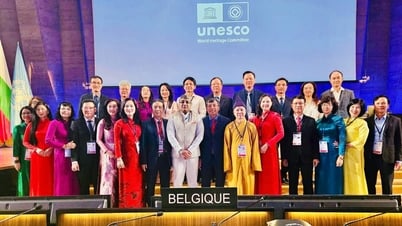

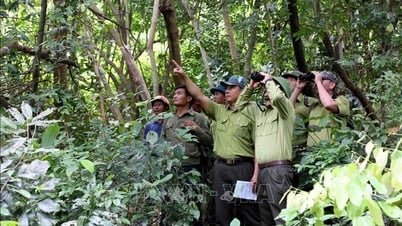

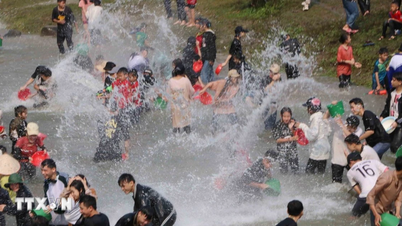








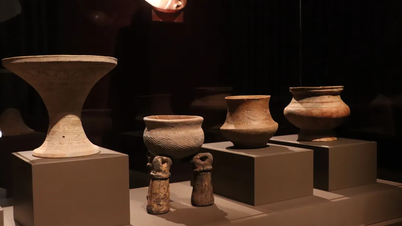


![[Maritime News] More than 80% of global container shipping capacity is in the hands of MSC and major shipping alliances](https://vphoto.vietnam.vn/thumb/402x226/vietnam/resource/IMAGE/2025/7/16/6b4d586c984b4cbf8c5680352b9eaeb0)




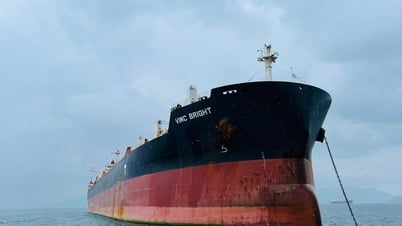
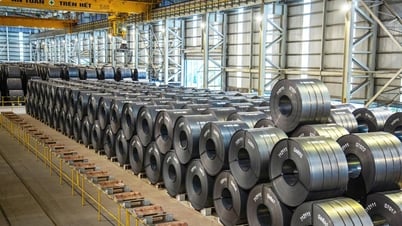
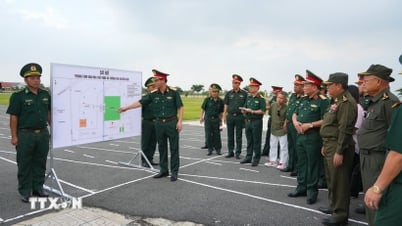


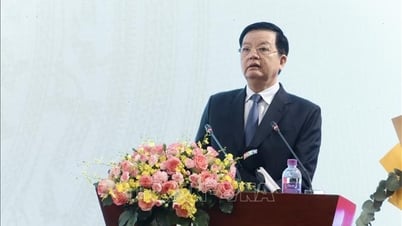
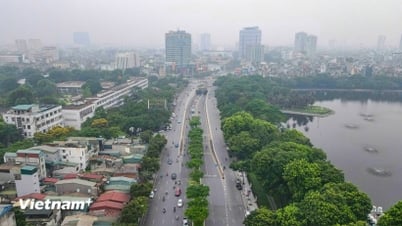

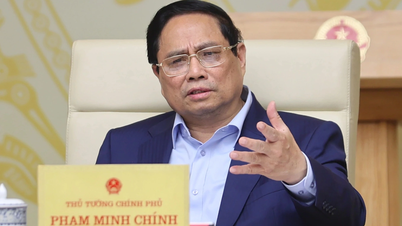
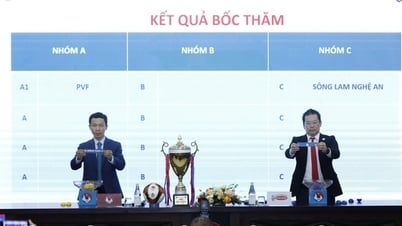

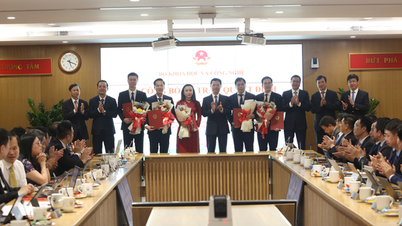

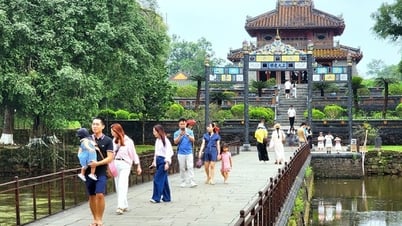
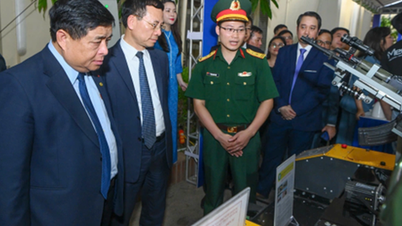
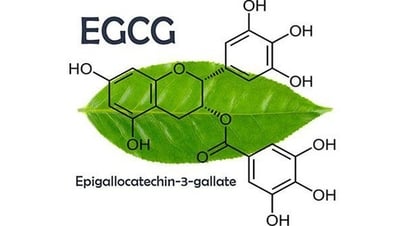










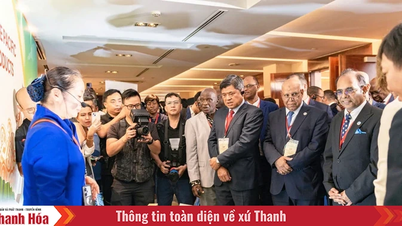

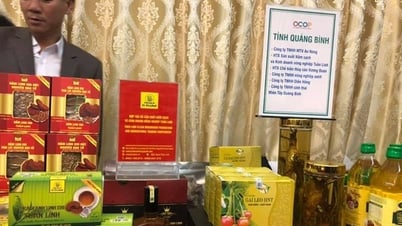










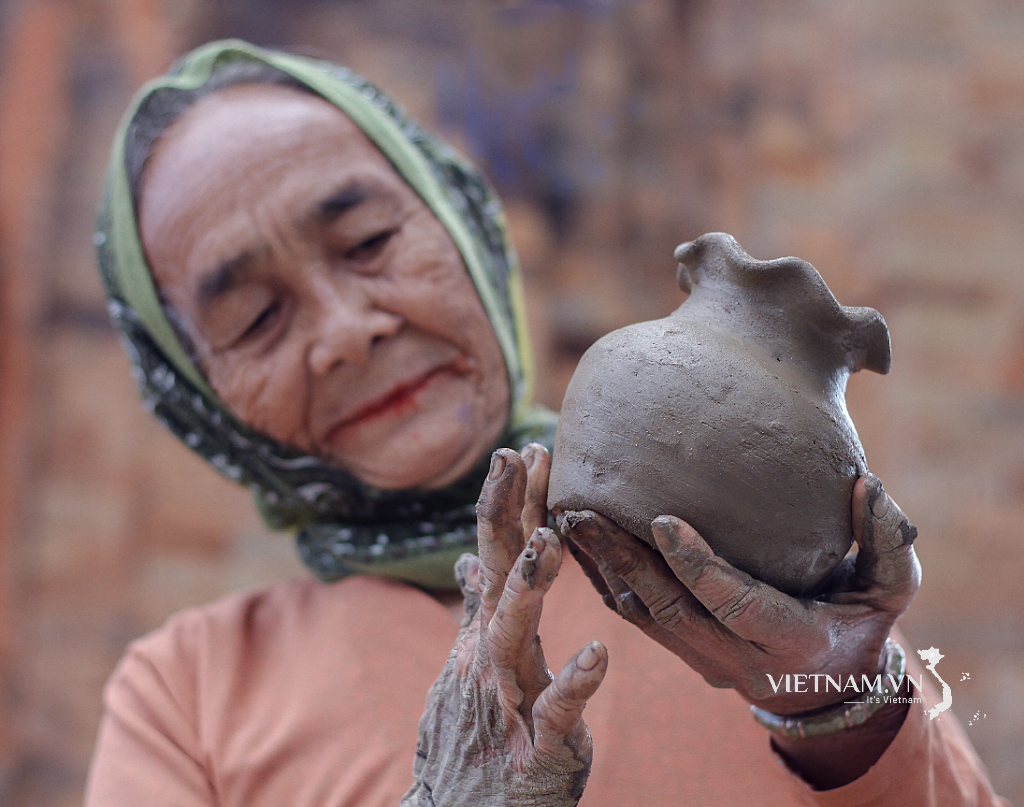
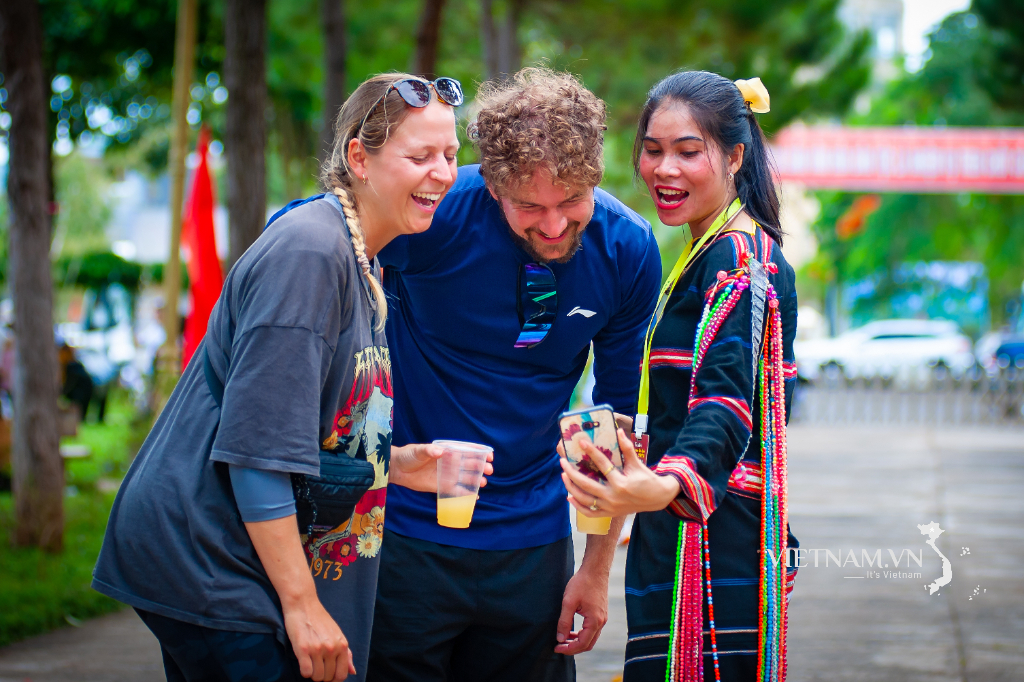
Comment (0)